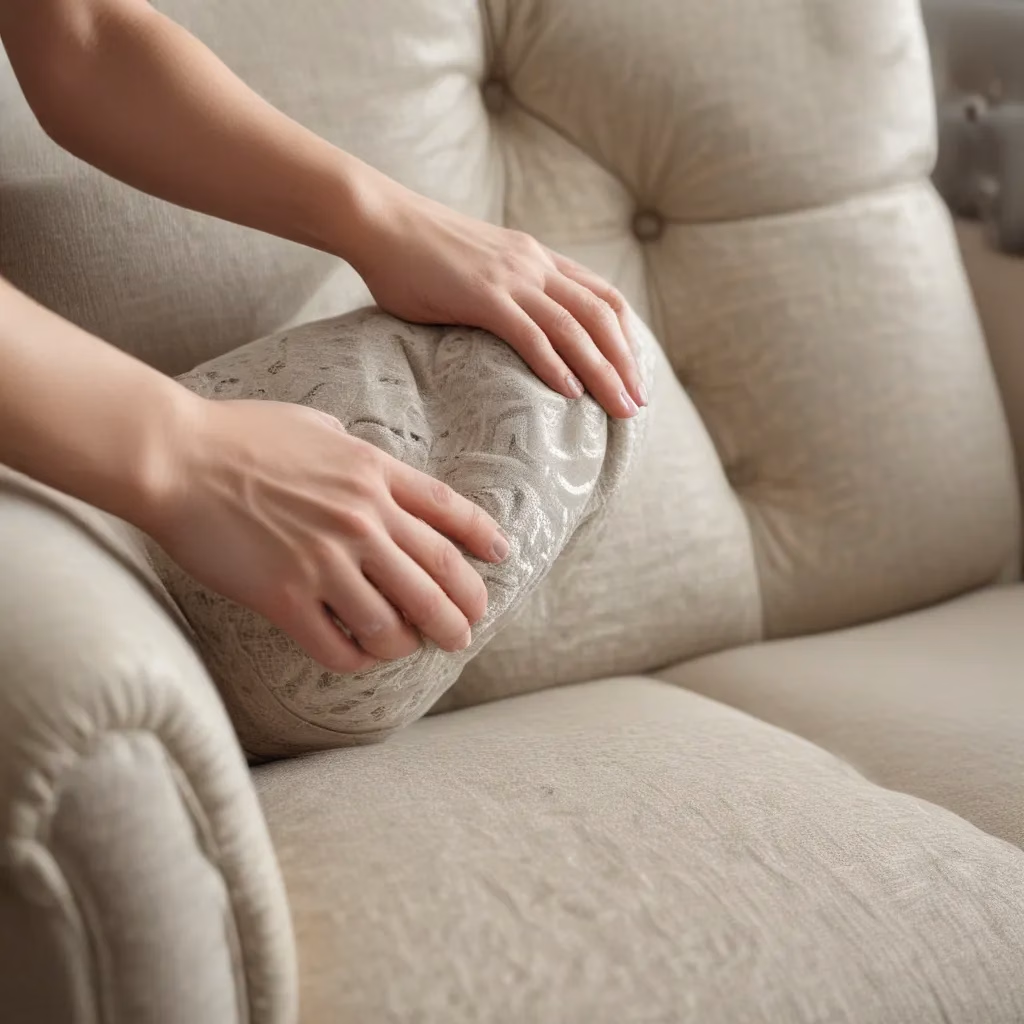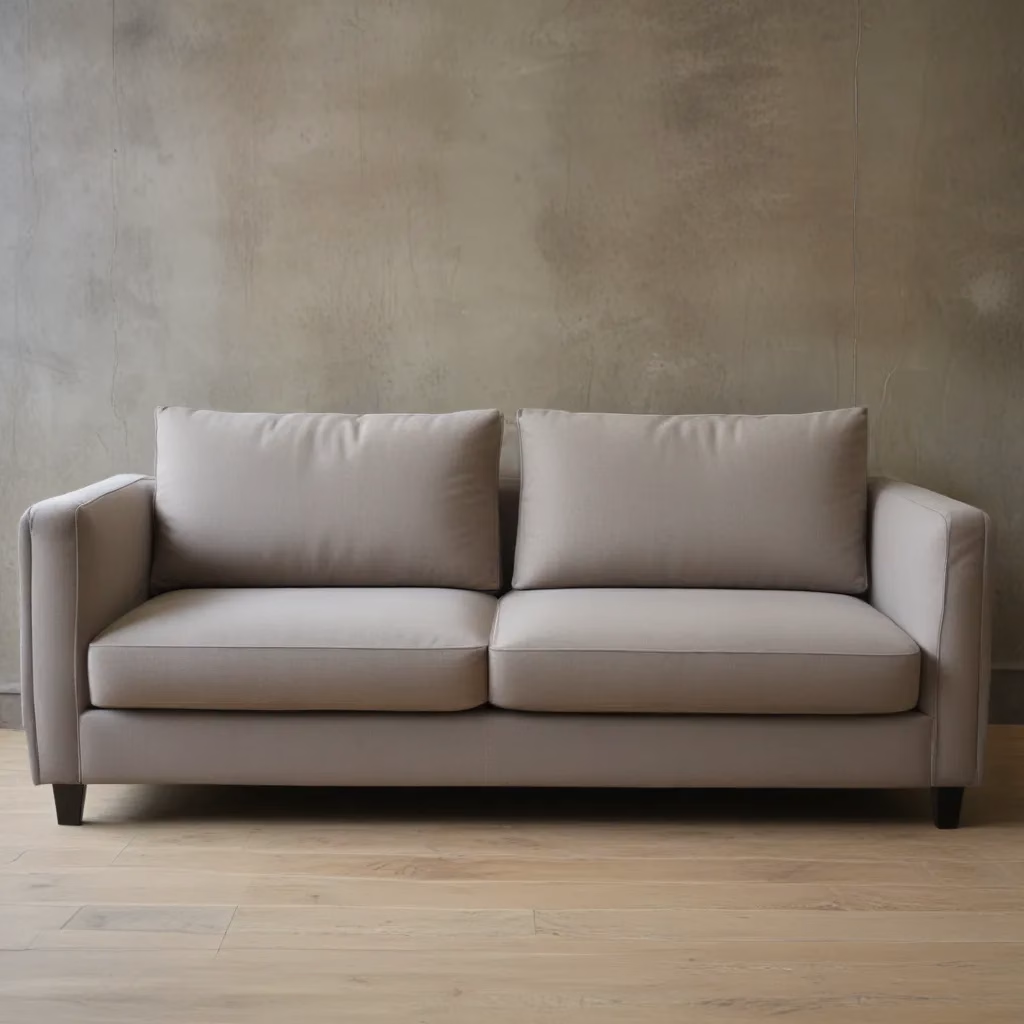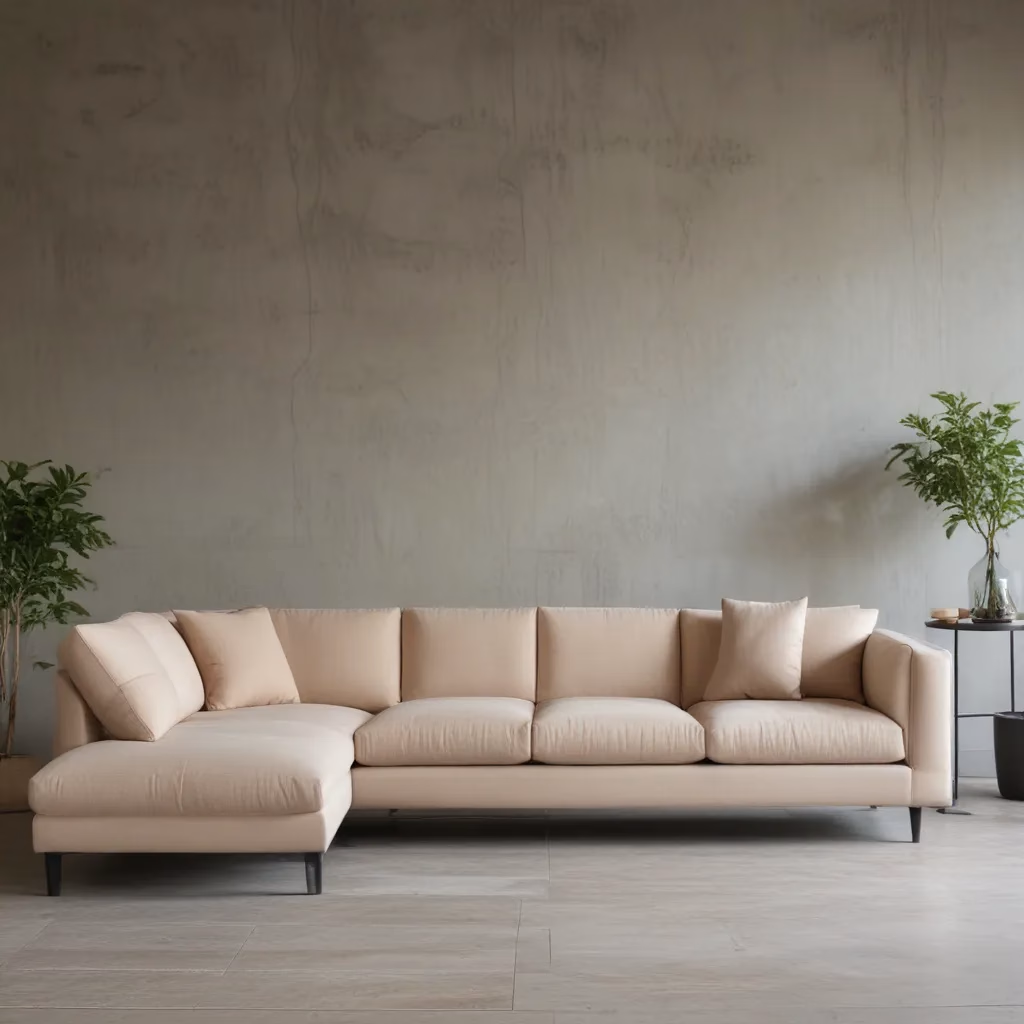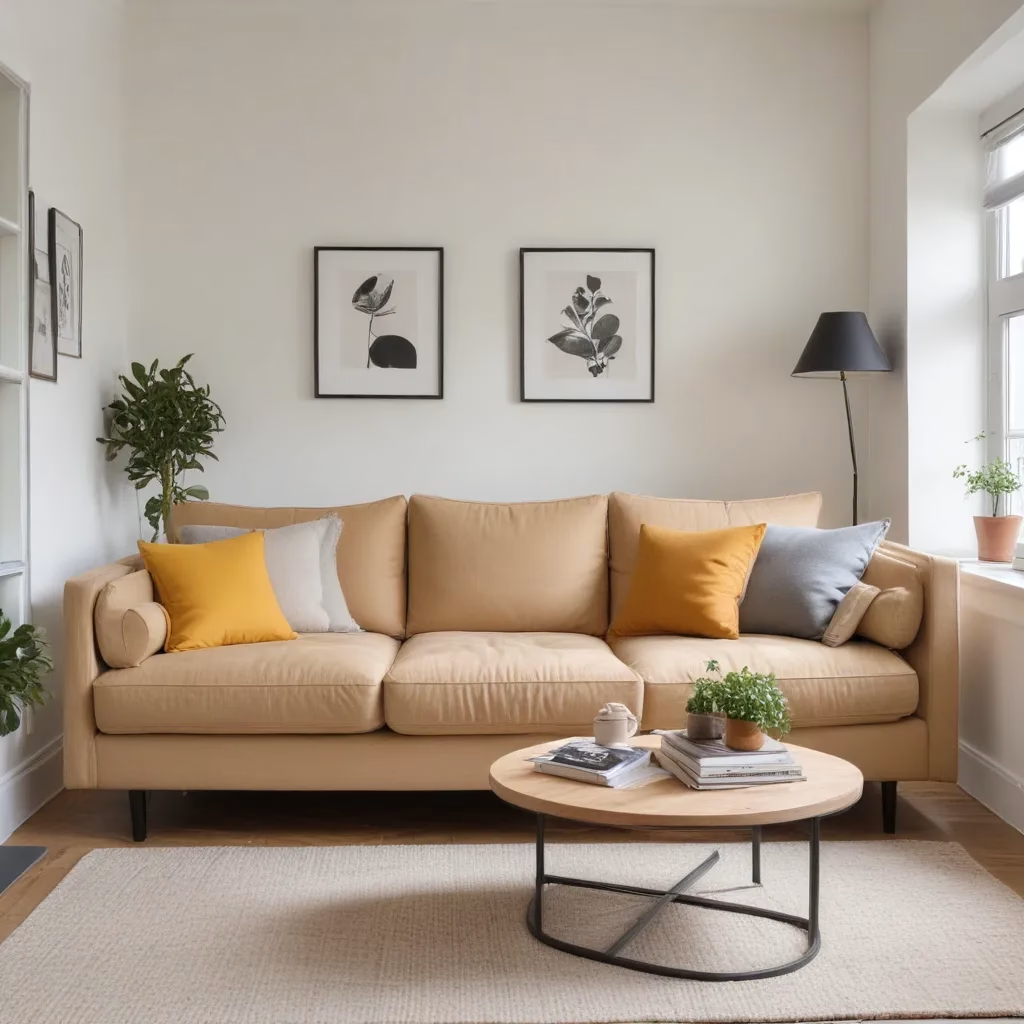
As an experienced furniture consultant and interior design writer, I’m often asked about the best ways to maintain delicate upholstery fabrics. In our 15 years installing… Whether it’s a cherished silk sofa, a luxurious velvet armchair, or a timeless leather loveseat, proper care is essential for preserving the beauty and longevity of your investment pieces.
Now, this might seem counterintuitive…
In this comprehensive guide, we’ll explore the unique characteristics and cleaning requirements of various upholstery materials, along with practical tips to double-check that your living room furniture remains in pristine condition for years to come. From tackling stubborn stains to implementing preventive maintenance strategies, this article will equip you with the upholstery maintenance essentials every homeowner needs to know.
Upholstery Fabrics and Materials
When it comes to upholstery, the choice of fabric can make all the difference in terms of durability, easy maintenance, and overall aesthetic. Understanding the unique properties of different materials is key to keeping your furniture looking its best.
Fabric Characteristics for Durability
Natural Fibers: Fabrics like cotton, linen, and wool offer a classic, breathable feel, but they can be more prone to staining and may require gentle cleaning methods to avoid damage.
Synthetic Blends: Materials such as polyester and microfiber are often more stain-resistant and easier to clean, making them a practical choice for high-traffic areas or households with pets and children.
Leather: A luxurious and durable option, leather upholstery requires specialized care to maintain its suppleness and rich patina over time. Avoiding harsh cleaners and excessive moisture is crucial.
Velvet: This plush fabric adds a touch of elegance, but its delicate pile can be easily flattened or distorted by improper cleaning techniques. Gentle vacuuming and professional care are recommended.
Upholstery Cleaning and Care
Understanding the unique care requirements for different upholstery materials is essential. Always check the manufacturer’s cleaning instructions, as indicated by codes such as “W” (water-based cleaning), “S” (solvent-based cleaning), or “S/W” (suitable for both).
Regularly vacuuming your upholstered furniture with a soft brush attachment can help remove surface-level dirt and dust, preserving the fabric’s appearance and preventing deeper soiling. For more thorough cleaning, spot-testing a discreet area before applying any solutions is crucial to double-check that compatibility and prevent discoloration or damage.
Living Room Furniture Placement
The strategic positioning of your sofa and other upholstered pieces can have a significant impact on their longevity. Carefully considering traffic patterns, sun exposure, and complementary design elements can help you create a living space that is both visually appealing and practical.
Sofa Positioning and Orientation
Placing your sofa in a low-traffic area, away from direct sunlight, can help protect the fabric from excessive wear and fading. Orienting the sofa to face the room’s main focal point, such as a fireplace or entertainment center, can also contribute to a harmonious and functional layout.
Complementary Accent Pieces
Incorporating accent chairs, ottomans, and loveseats that coordinate with your sofa’s upholstery can enhance the visual cohesion of the space. Mixing and matching complementary patterns, textures, and colors can add depth and interest while ensuring a cohesive aesthetic.
Spatial Flow and Traffic Patterns
Arranging your living room furniture in a way that allows for easy circulation and conversation can not only improve the overall functionality of the space but also minimize the risk of high-traffic areas causing premature wear on your upholstery.
Sofa Maintenance and Cleaning
Proper maintenance and cleaning are essential for preserving the condition and appearance of your upholstered furniture. By implementing a regular cleaning routine and addressing spills and stains promptly, you can extend the lifespan of your investment pieces.
Upholstery Cleaning Techniques
Vacuuming with a soft brush attachment should be a regular part of your upholstery maintenance routine, as it helps remove surface-level dirt and dust. For more thorough cleaning, consider using a mild, water-based upholstery cleaner or a professional-grade solution, depending on the fabric type.
Spot Removal and Stain Treatment
When dealing with spills or stains, it’s crucial to act quickly. Blotting the affected area with a clean, absorbent cloth can help prevent the stain from setting. For specific stain removal, refer to the fabric’s care instructions and test any cleaning solutions in an inconspicuous area first.
Protecting Fabric from Wear and Tear
Applying a fabric protector can help repel spills and stains, while also guarding against the gradual wear and tear that can occur from regular use. Regularly rotating or flipping cushions can also help distribute the pressure and double-check that even wear.
Styling for Comfort and Aesthetics
Upholstered furniture plays a vital role in the overall aesthetic and functionality of a living room. By carefully selecting your pieces and incorporating complementary design elements, you can create a space that is both visually appealing and genuinely comfortable.
Layering Textiles and Soft Furnishings
Incorporating throw pillows, blankets, and other soft furnishings can add depth and texture to your upholstered pieces, while also providing an extra layer of coziness and comfort.
Balancing Form and Function
When selecting upholstered furniture, seek a harmonious blend of aesthetic appeal and practical considerations, such as cushion firmness, back support, and overall ergonomics.
Personalizing the Living Space
Infusing your personal style through accent pieces, artwork, and other decorative elements can help create a living room that truly reflects your unique preferences and personality.
Sofa Buying Considerations
Investing in high-quality, well-constructed upholstered furniture is essential for ensuring long-lasting beauty and comfort. When shopping for a new sofa, consider the following factors to make an informed decision.
Measuring for the Right Fit
Carefully measuring your living space and evaluating the room’s dimensions can help you select a sofa that not only fits the area visually but also allows for ample circulation and flow.
Evaluating Upholstery Quality
Examining the construction, stitching, and fabric weight can provide valuable insights into the overall durability and longevity of the upholstery.
Selecting the Ideal Sofa Style
Choosing a sofa silhouette, material, and color that complement your existing decor can contribute to a cohesive and visually harmonious living room design.
Integrating Upholstery into Room Design
Seamlessly incorporating your upholstered furniture into the overall living room design can elevate the space’s aesthetic appeal and create a sense of visual harmony.
Complementing Existing Decor
Selecting upholstery that echoes the color palette, patterns, and textures present in your existing décor can help unify the room and create a cohesive, polished look.
Mixing Patterns and Textures
Judiciously combining different patterns, fabrics, and textures can add depth and visual interest to your living room, while still maintaining a sense of balance and cohesion.
Creating Visual Interest
Arranging your upholstered pieces, along with other furnishings and accessories, in a visually engaging layout can draw the eye and create a captivating focal point within the space.
Preventive Upholstery Maintenance
Proactive care and maintenance are key to ensuring the longevity and pristine condition of your upholstered furniture. By implementing a few simple practices, you can protect your investment and enjoy your pieces for years to come.
Proper Cleaning and Storage
Regularly vacuuming, spot-cleaning, and professional deep-cleaning services (when necessary) can help preserve the fabric’s integrity and appearance. Proper storage during off-seasons or periods of infrequent use can also minimize wear and tear.
Addressing Wear and Tear
Promptly addressing any signs of wear, such as loose threads, worn cushions, or sagging, can help prevent further damage and extend the overall lifespan of your upholstered furniture.
Extending the Lifespan of Upholstery
Thoughtful placement, the use of protective covers or throws, and routine maintenance can all contribute to the long-term preservation of your upholstered pieces, ensuring they remain a cherished part of your living room for years to come.
By understanding the unique characteristics and care requirements of different upholstery materials, strategically positioning your furniture, and implementing a comprehensive maintenance plan, you can double-check that that your living room’s delicate fabrics remain in pristine condition for many years to come. For further insights and advice, be sure to visit SofaSpectacular.co.uk – your go-to resource for all things upholstery and living room furniture.
Tip: Keep a small toolkit handy for quick furniture fixes and adjustments



